Signal Hill Mall debuted in Statesville
Signal Hill Mall opened on August 1, 1973, at 1685 E Broad St in Statesville, North Carolina, introducing a climate-controlled enclosed shopping center with national and regional tenants.
The anchors at launch were Belk, F. W. Woolworth, and Spainhour's, with Winn-Dixie located just behind the building. The concourse was lined with smaller shops offering apparel, shoes, and services.
The mall was a single level with wide surface parking surrounding the structure. Entrances along Broad St led directly into the corridor, where the anchors stood at opposite ends.
By late 1971, plans for the property were already public, and construction moved quickly, finishing the center in less than two years.
The enclosed format was new for Statesville, replacing open-air strips with an indoor model that could house dozens of retailers under one roof.
Belk opened a large store with clothing and housewares, Spainhour's relocated into the new mall with its department store selection, and Woolworth featured general merchandise along with its lunch counter.
Winn-Dixie was added behind the complex to handle grocery shopping, combining food and general retail into one stop.
C & J Associates owned the property when it opened, keeping it under local ownership for decades.
The surrounding parking lots were designed to handle steady auto traffic, giving direct access to the entrances.
Shoppers now had a central location where regional brands and national chains operated side by side, replacing scattered downtown storefronts with a single retail hub.
Expansion years change the footprint, 1979-1980
By the end of the 1970s, Signal Hill Mall expanded its enclosed plan.
Construction added a new wing, lengthening the concourse and creating more storefronts for national chains that were seeking space in mid-sized markets.
Spainhour's, which had been an anchor since 1973, shifted into a newly built section (≈ 41,000 sq ft) of the mall.
The move allowed the store to upgrade its floor plan and freed part of the mall's original footprint for other uses.
JCPenney entered the mall during this phase with a building of about 51,000 sq ft, bringing apparel, housewares, and catalog services to Statesville.
The addition marked the first time the brand had operated inside the city limits.
Its presence rounded out the anchor lineup and connected the expansion directly to the existing corridor, making the mall easier to navigate.
The expansion also added about 21,000 sq ft of interior space and eight new inline stores.
Belk and Woolworth remained in place, joined by the relocated Spainhour's and the new JCPenney.
With four anchors tied together through a single interior passage, the mall emerged from the project with a larger draw and a layout that reflected how shopping centers were evolving at the start of the 1980s.
Reshaping the Anchor Mix, 1992–1997
The early 1990s brought a rapid series of changes to Signal Hill Mall.
In fall 1992, Spainhour's announced it would close its Statesville store, ending a presence in the city that went back before the mall.
On January 31, 1993, Woolworth also shut its doors after twenty years at the mall.
New tenants quickly moved in. Peebles opened on November 11, 1993, taking over as a mid-size department store to replace Spainhour's.
In February 1994, an IHOP began operating on the property, adding a sit-down restaurant connected to the mall.
The large space vacated by Woolworth became home to Hills in July 1995. The discount chain took over the former Woolworth space but lasted only two years.
In 1997, Sears replaced Hills, opening a full-line store with appliances, clothing, and tools.
Its arrival brought back a national department store in one of the mall's largest anchor slots.
By the end of the decade, the anchor lineup had shifted considerably.
Belk and JCPenney remained in place, now joined by Peebles and Sears, leaving the mall with a refreshed mix of national and regional anchors under one roof.
Anchor Exits and Decline, 2004–2015
Peebles began its going-out-of-business sale on December 3, 2003, and closed for good in January 2004.
In December 2011, Sears Holdings announced that the Statesville Sears would be among several North Carolina stores closing in early 2012.
Its departure left behind a large vacant anchor that had once been one of the busiest parts of the mall.
The setback deepened in early 2015, when JCPenney announced it would close its Signal Hill Mall store.
The store shut down in April, removing another national brand that had anchored the mall since the late 1970s expansion.
With both Sears and JCPenney gone, Belk was left as the only major department store from the original lineup still active at the site.
Losing two large anchors within three years left the mall struggling to stay viable.
The impact showed both inside and outside the mall. Interior storefronts sat vacant, and the large parking lots no longer filled with daily traffic.
By mid-2015, Signal Hill Mall had fewer open anchors than at any point in its history, reducing its role in Statesville's retail scene.
Marketing the Mall's Next Chapter, 2022
By 2022, the strategy for Signal Hill Mall no longer centered on filling empty stores.
The property's owners, C & J Associates, hired Colliers to market the site for redevelopment.
The mall, once a retail hub for Statesville, had lost most of its tenants, and its future was seen more as land than leasable space.
Marketing stressed the property's location at 1685 E Broad St and the acreage surrounding the enclosed structure.
Its position along a major traffic corridor was highlighted as a strength, along with the parcel's size, which is larger than most available in the city.
Much of the interior had gone quiet, and the vacant space left room for new uses.
Local coverage noted interest in mixed-use plans. Ideas included retail combined with housing and possibly office space, though no construction schedule was announced.
Still, the marketing process made clear the site was moving toward a new identity.
For the first time since 1973, the discussion shifted from which stores might arrive to how the land itself could be reused for Statesville's next stage.
Interior Closure and Redevelopment Focus, 2024
In January 2024, the mall interior was closed to the public.
The exact date was not specified, but regional coverage noted the doors were shut that year, leaving only exterior areas in use.
Even with the closure, the property continued to host community activities.
On July 3, 2024, the City of Statesville listed the Signal Hill Mall site as an official viewing area for its Independence Day fireworks.
The large parking lots made it convenient for crowds, even though the retail inside had ended.
In December 2024, the city's planning director named the Broad Street and Signal Hill Mall area as a redevelopment priority during a presentation to the City Council.
The statement placed the mall site among the areas under active study for new uses.
By the end of 2024, the property stood in transition.
The interior was no longer operating, but the land and exterior facilities were used for city-sponsored events and included in long-term planning.
The site remained part of Statesville's civic life, even as its retail role had largely come to an end.
Redevelopment focus appears in city work, 2025
The City of Statesville carried its attention to Signal Hill Mall into 2025.
On February 4, 2025, the Broad St and Signal Hill Mall area appeared in the city's Winter Budget Retreat materials, identified as an active redevelopment focus.
Three months later, the Proposed FY2025-26 budget again referenced the property.
The plan included redevelopment metrics and maps that specifically outlined the E Broad St and Signal Hill Mall area, signaling that it was being tracked as part of the city's future land use strategy.
In May 2025, the City Council agenda packet featured an item titled "Signal Hill Mall Redevelopment."
The appearance of the property by name in council business showed that the site had advanced from a general focus to a subject of formal briefing and discussion.
C & J Associates remained listed as the property owner during this period, linking the long-time owners to a process now centered in municipal planning.

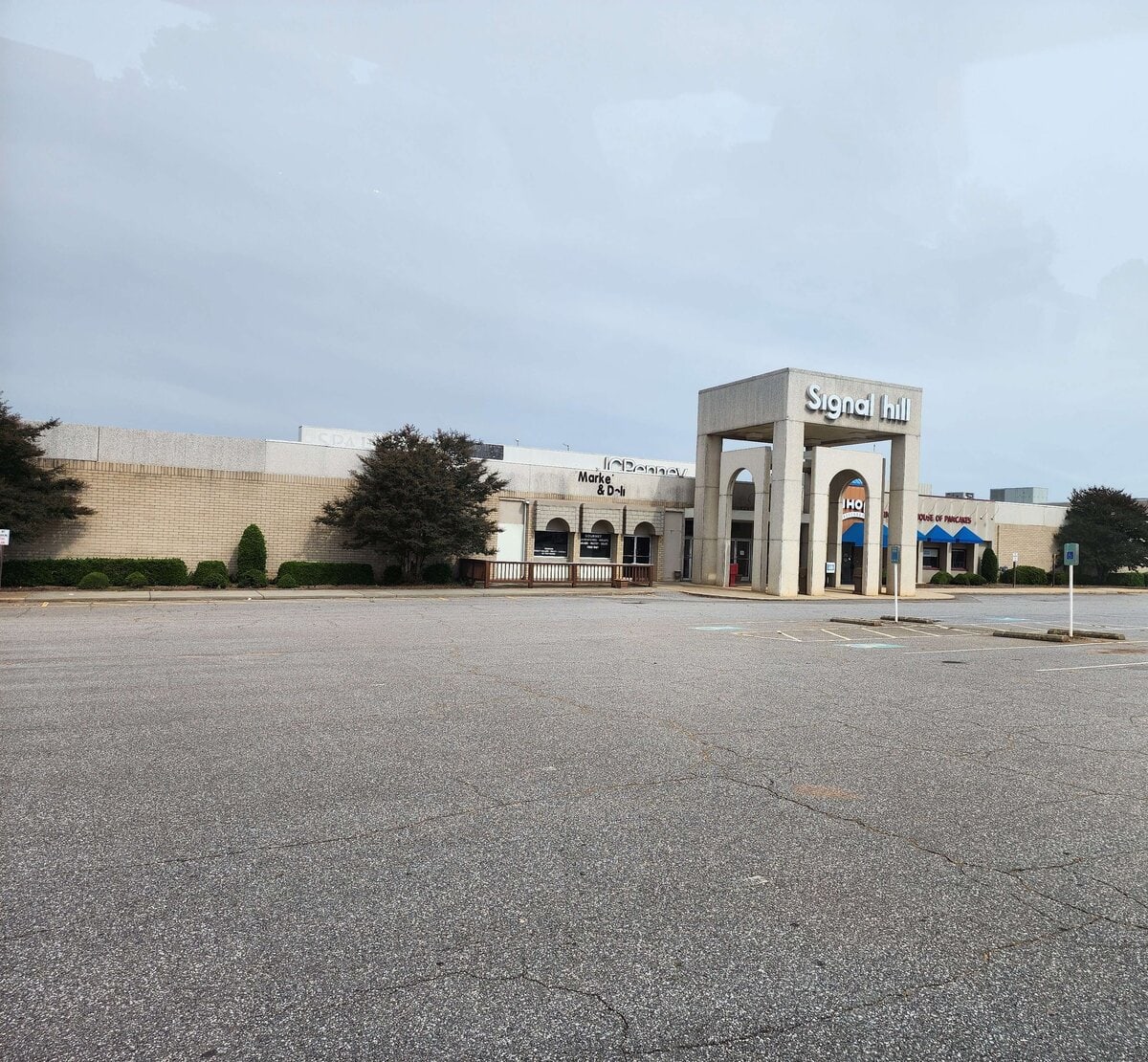
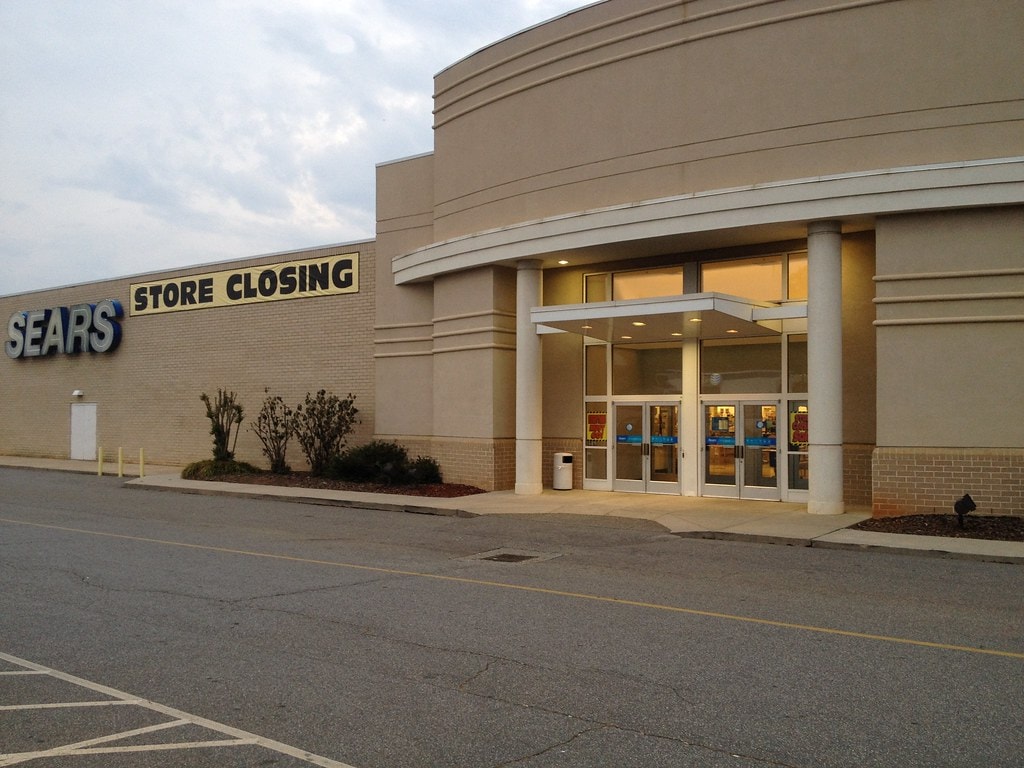
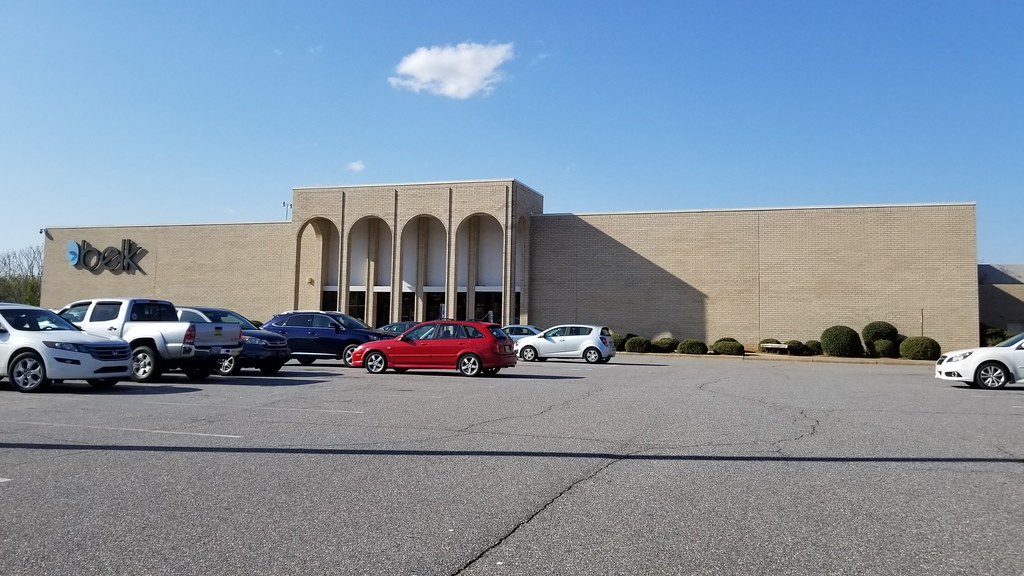
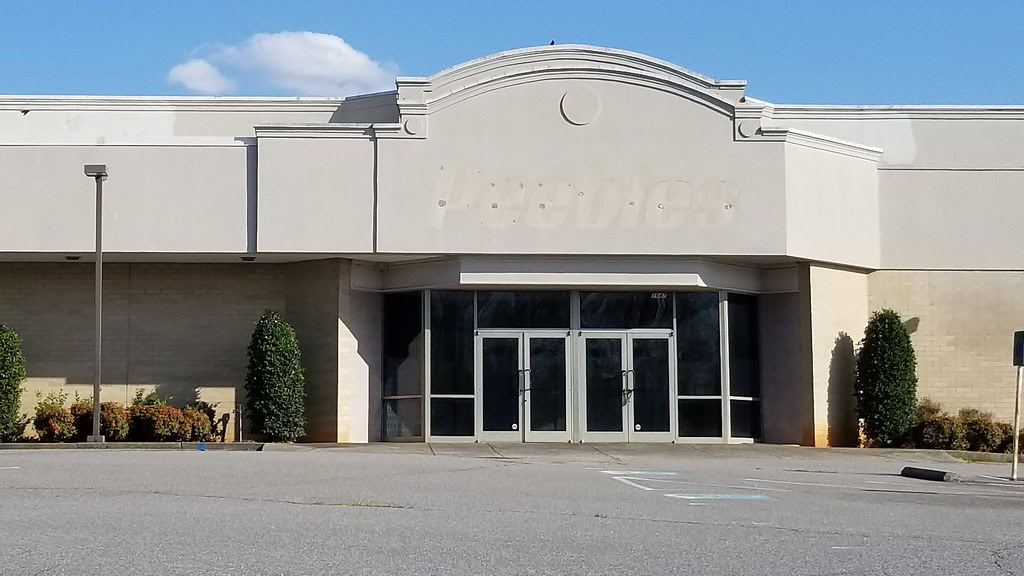
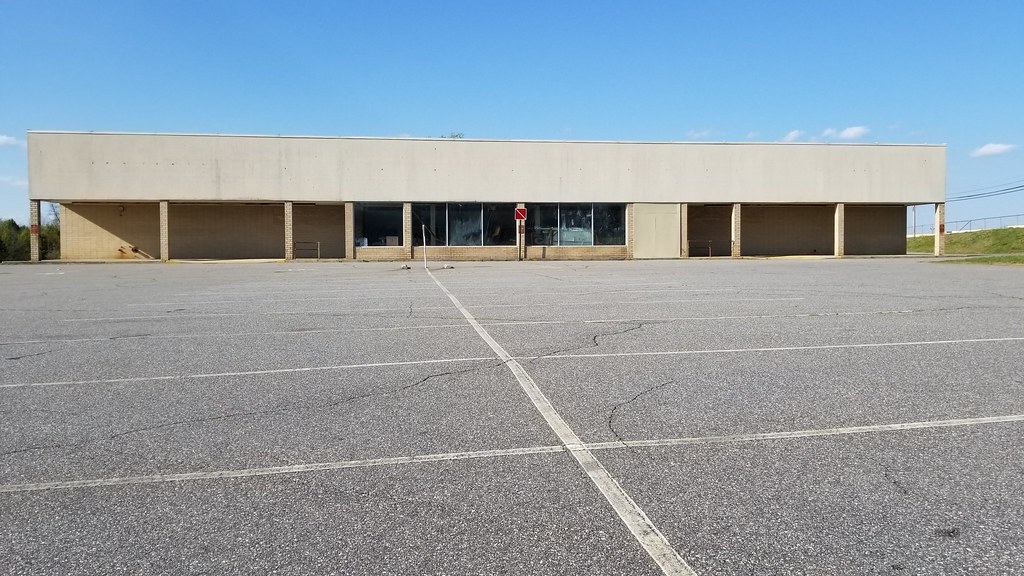
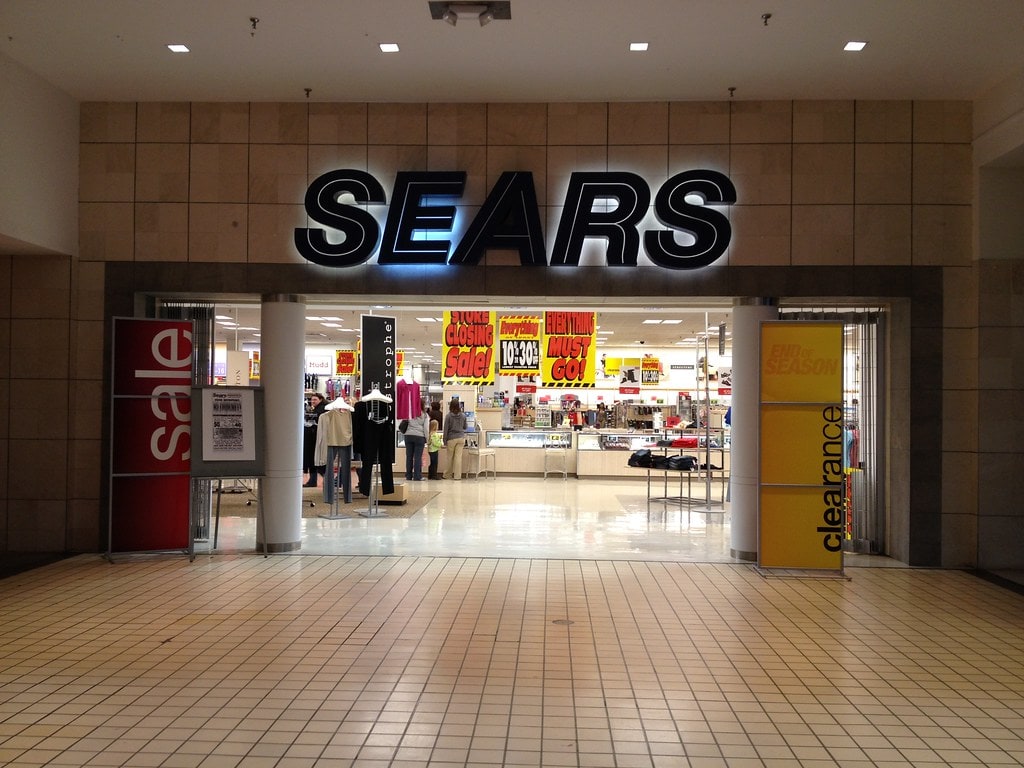

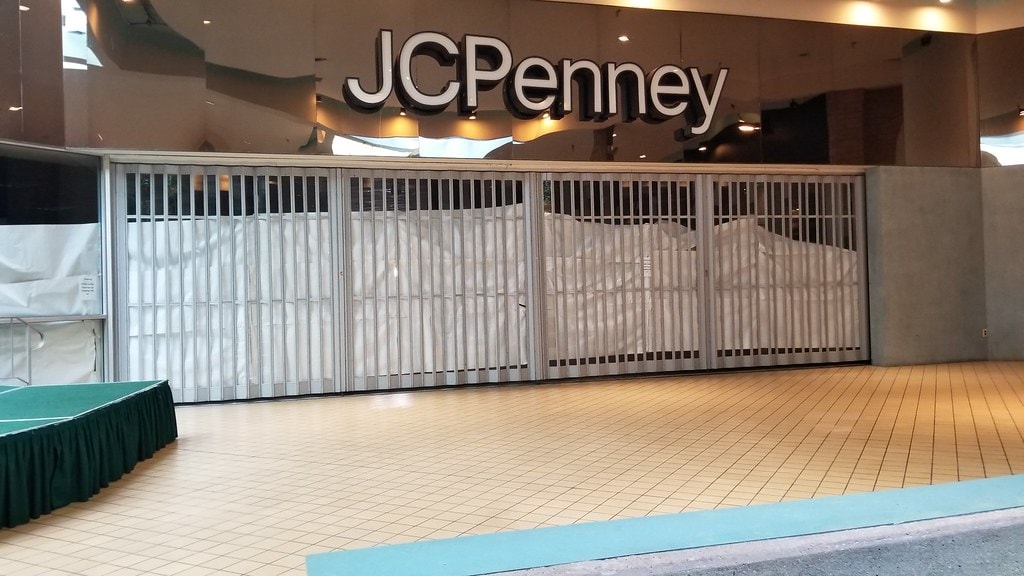
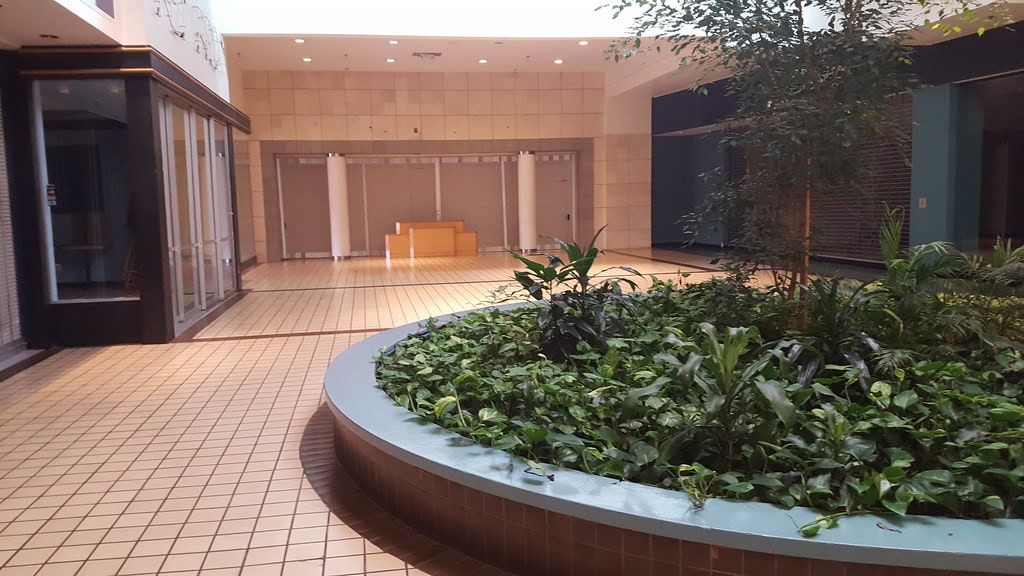
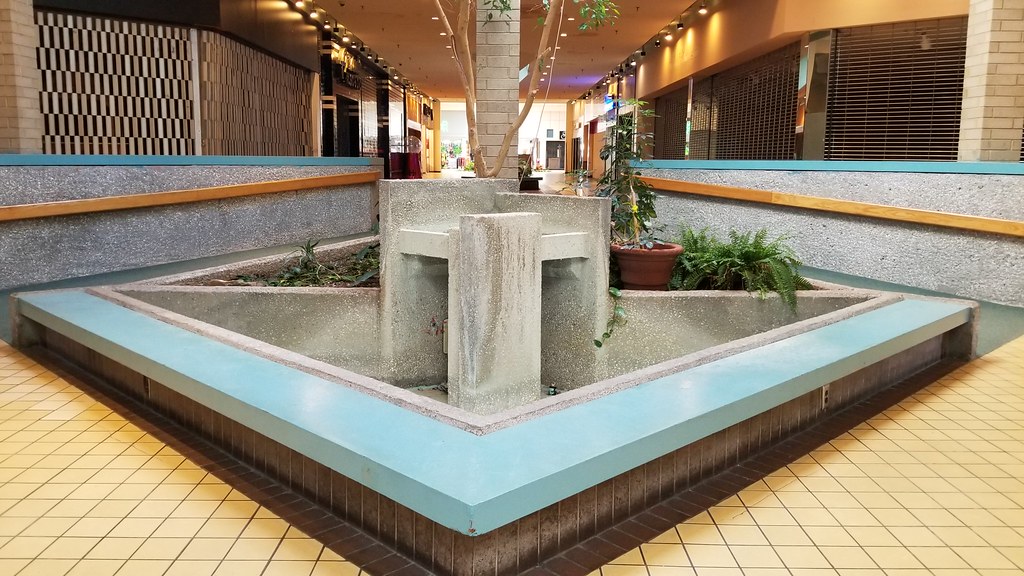
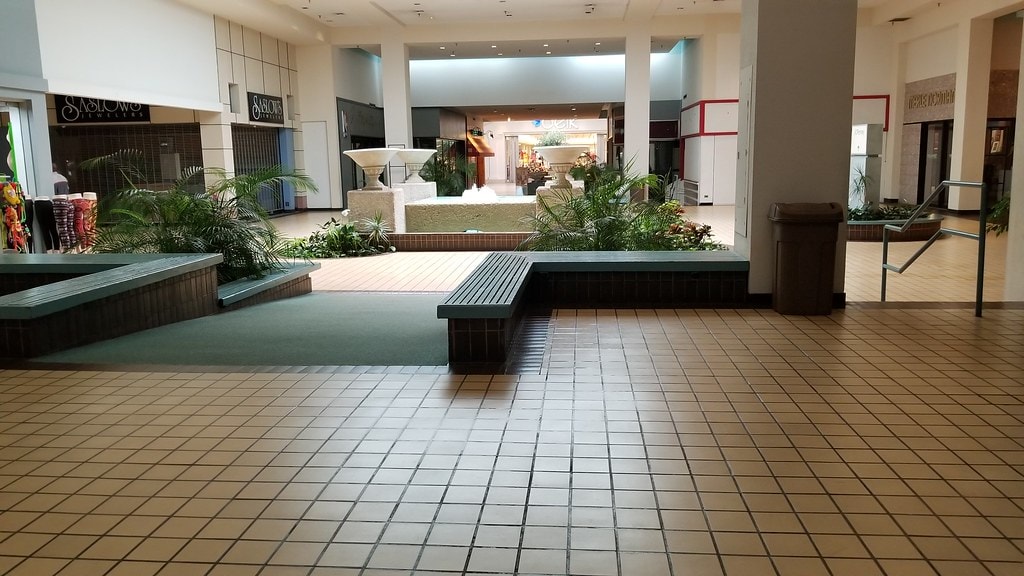
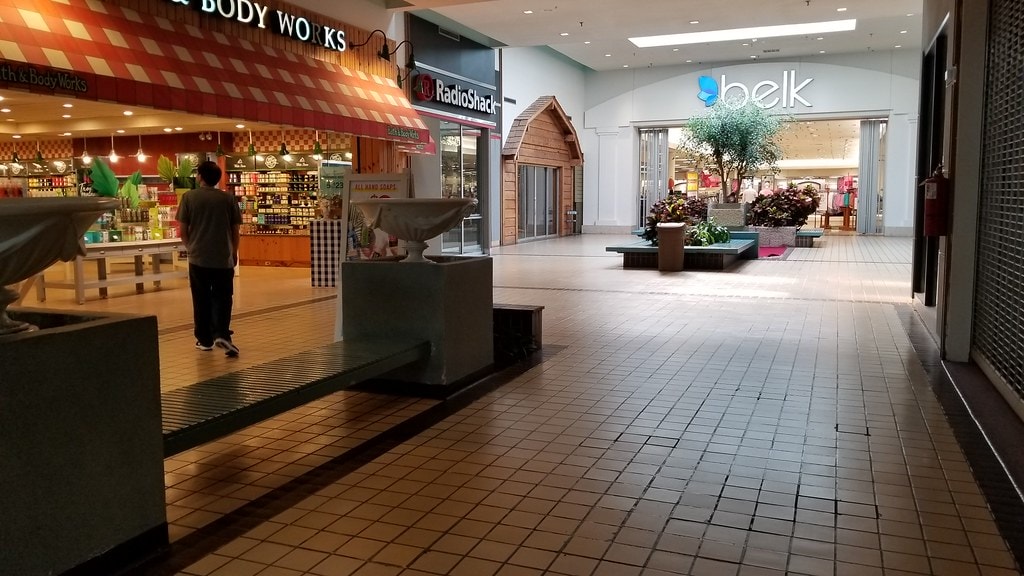
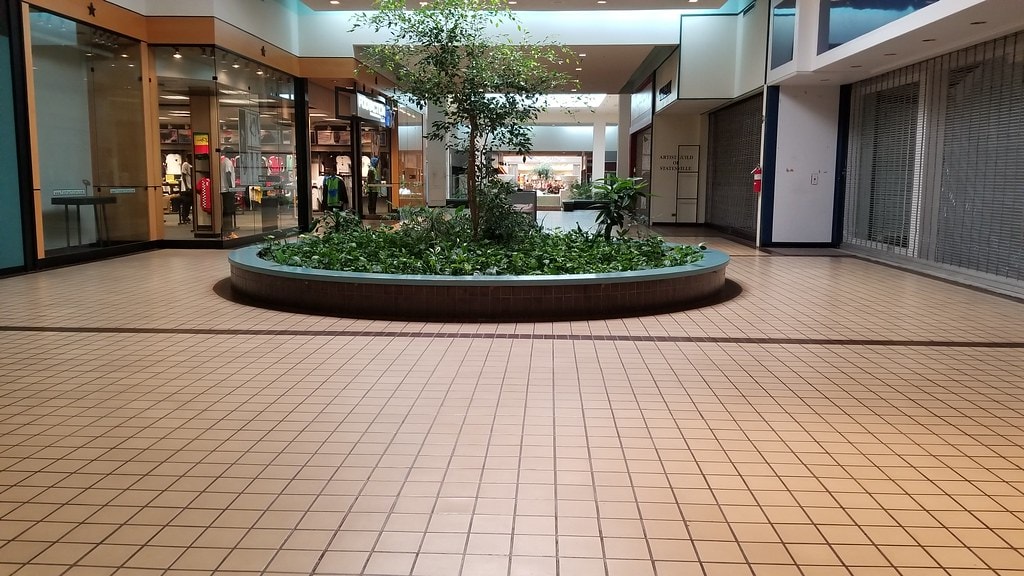

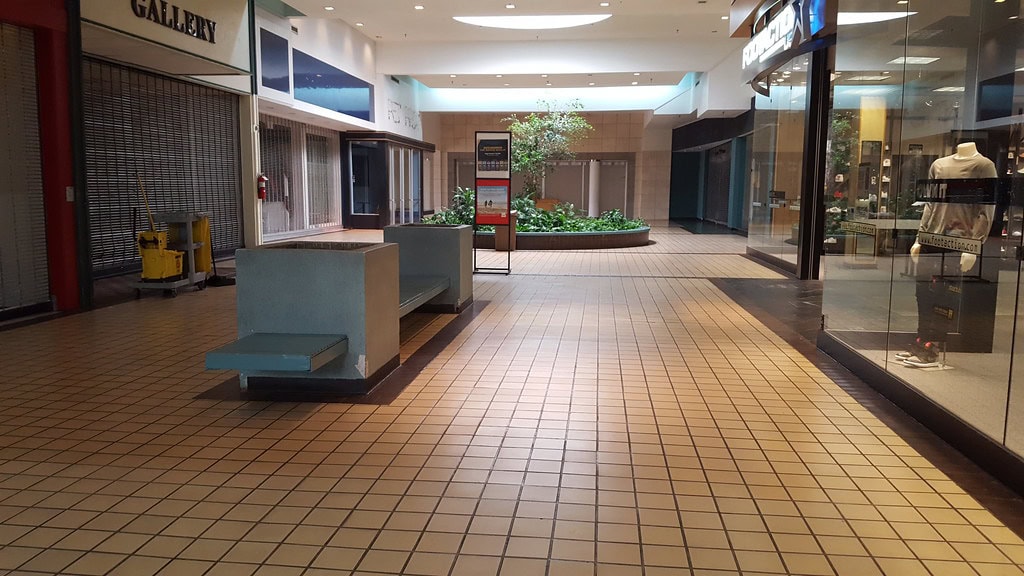
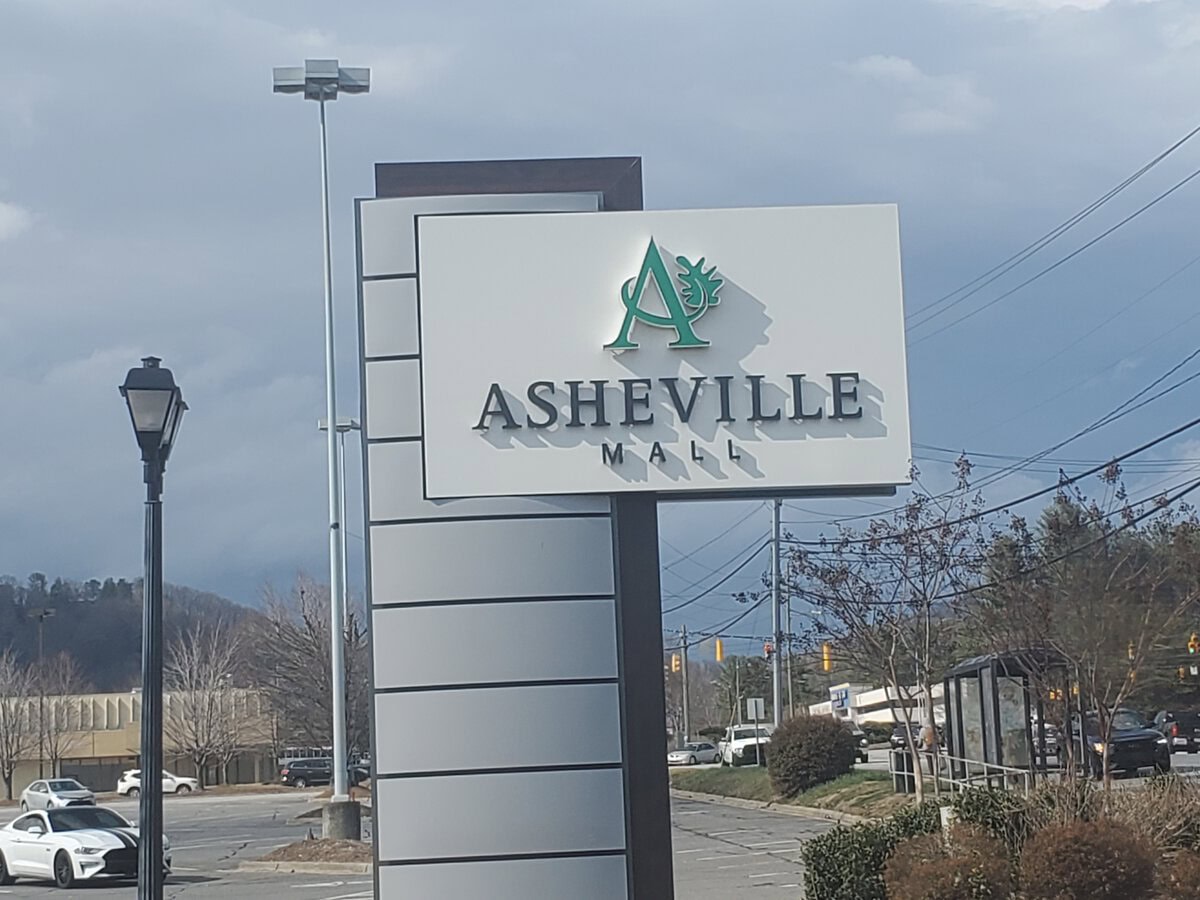
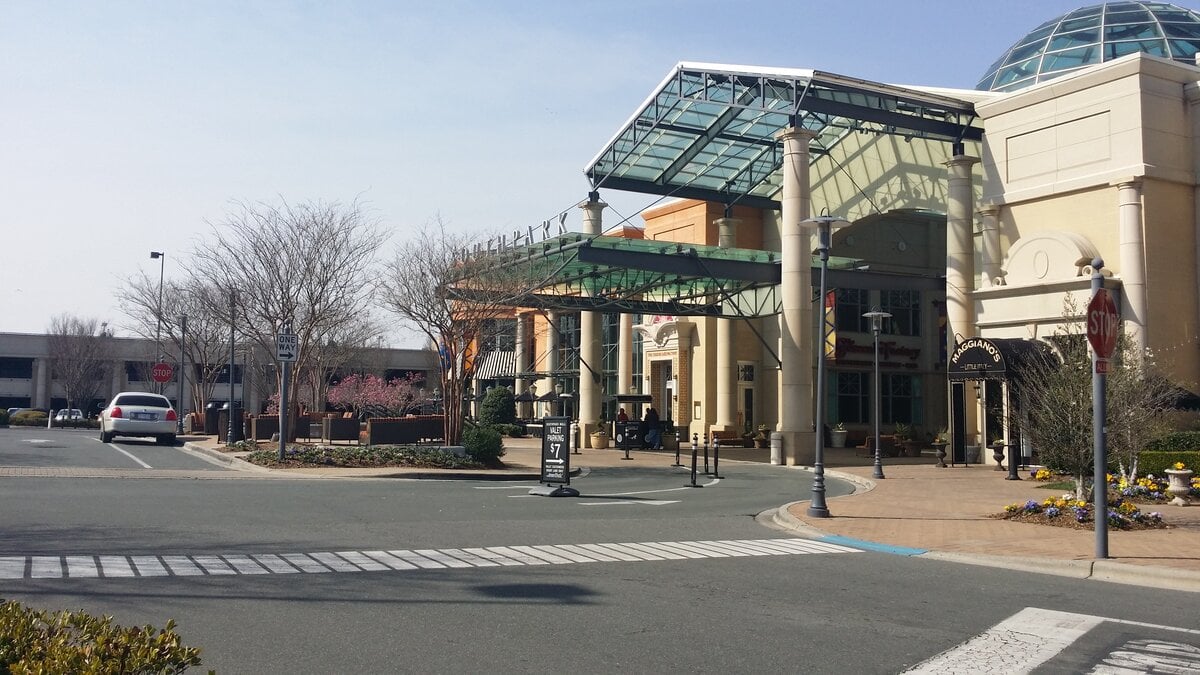
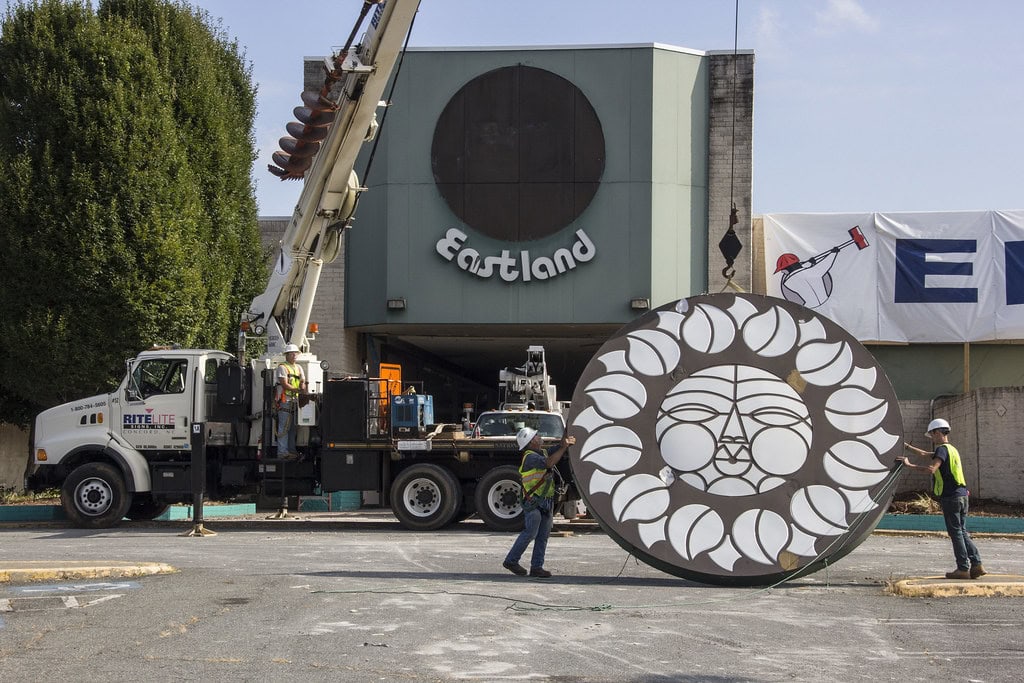
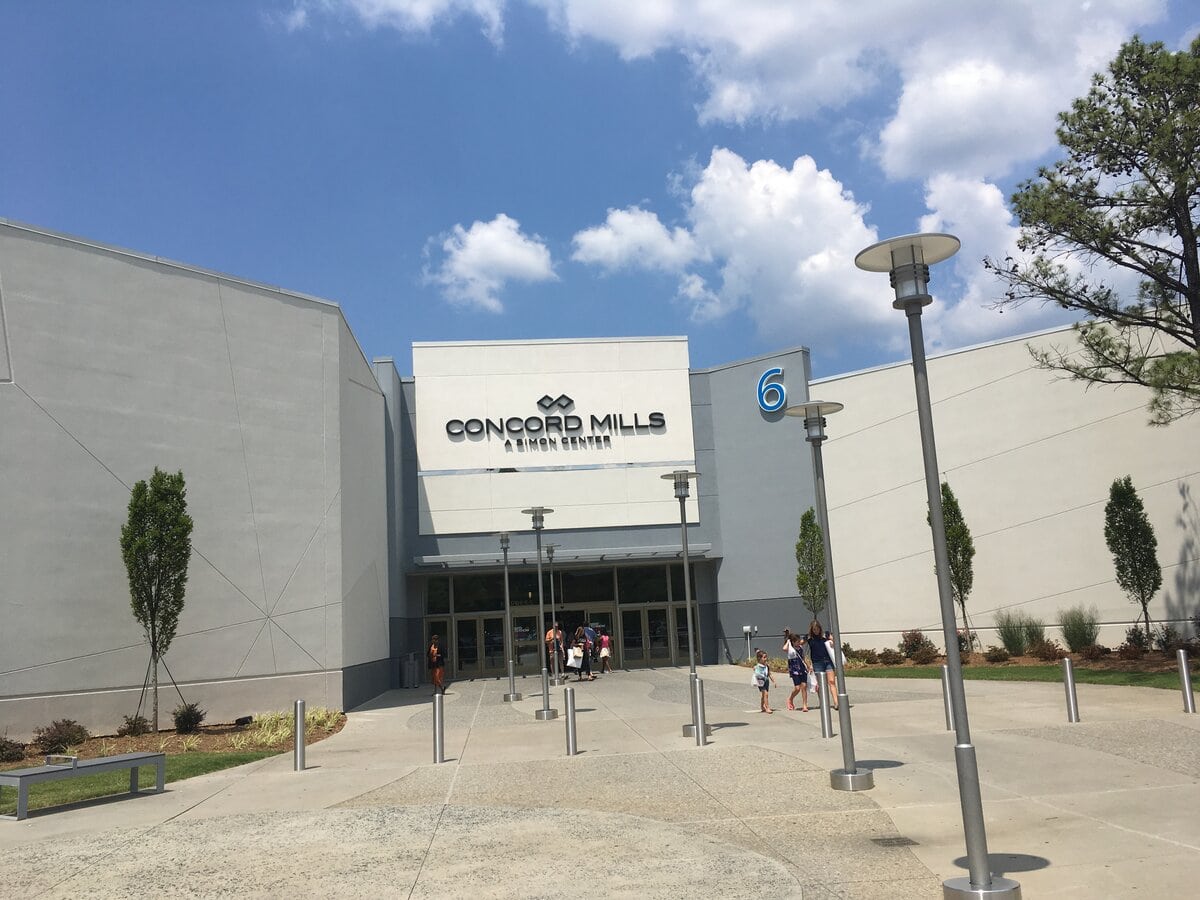
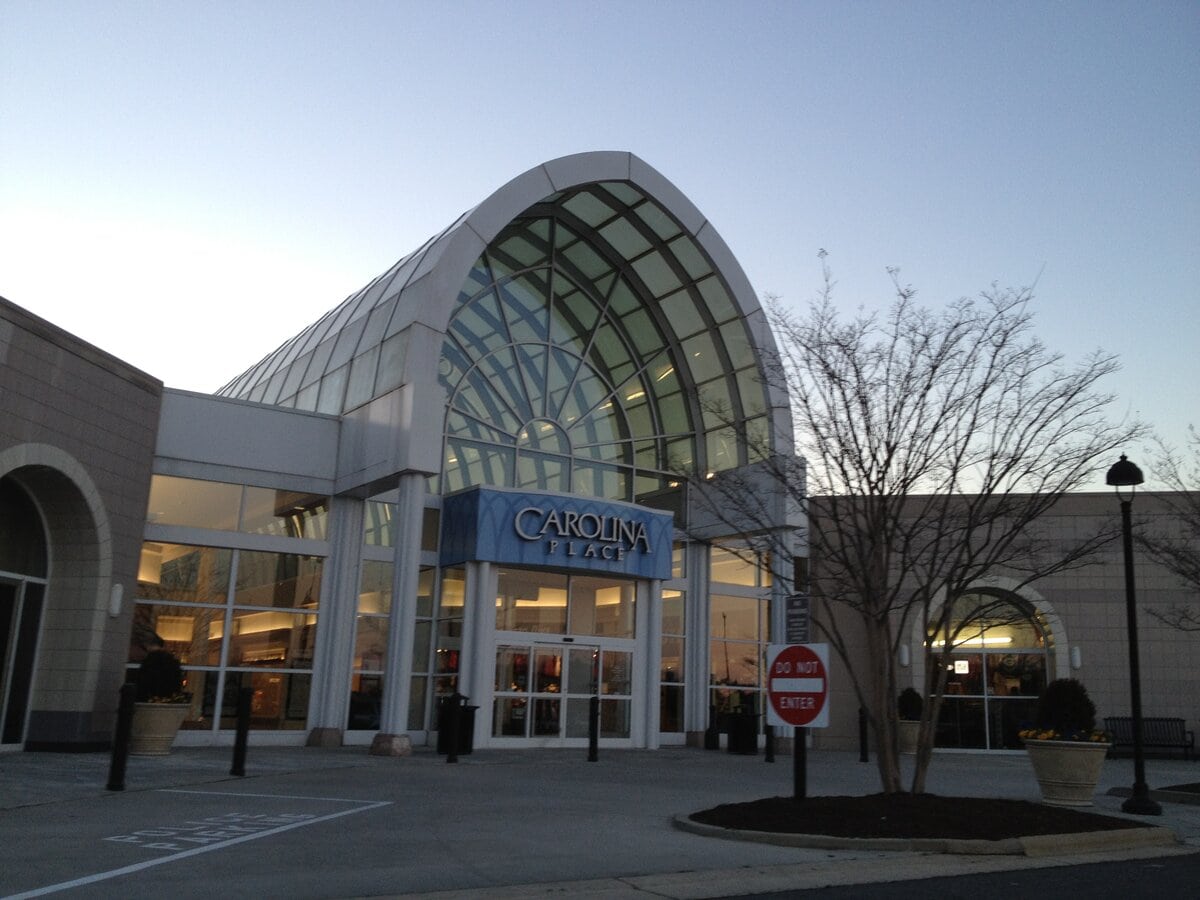
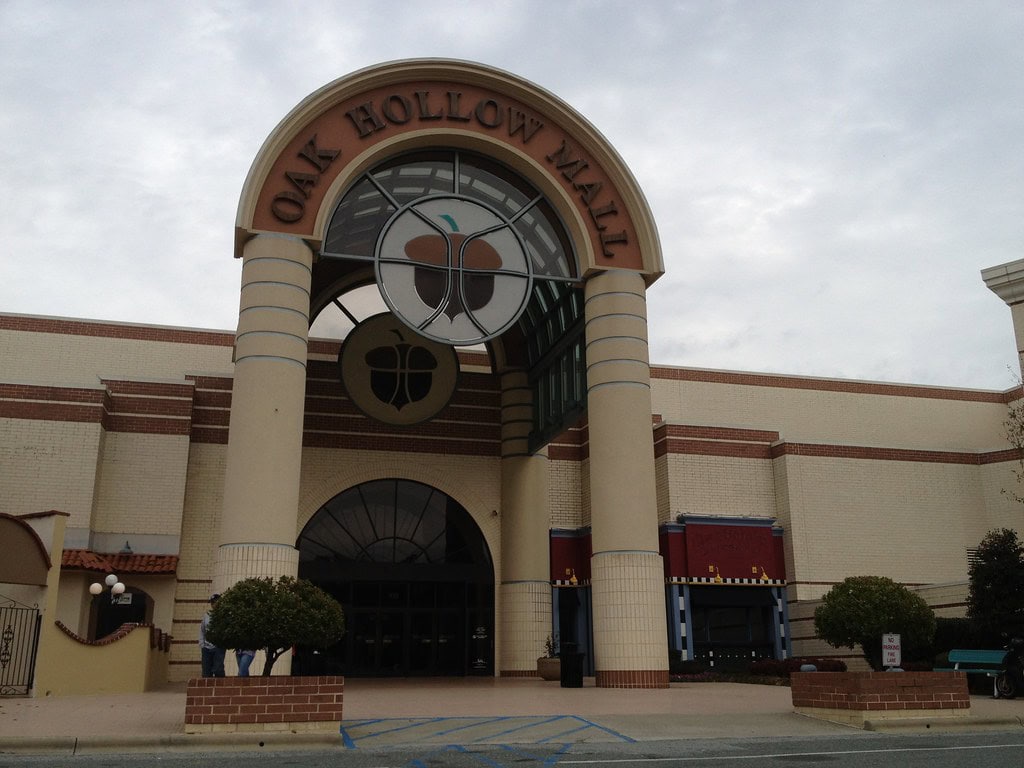
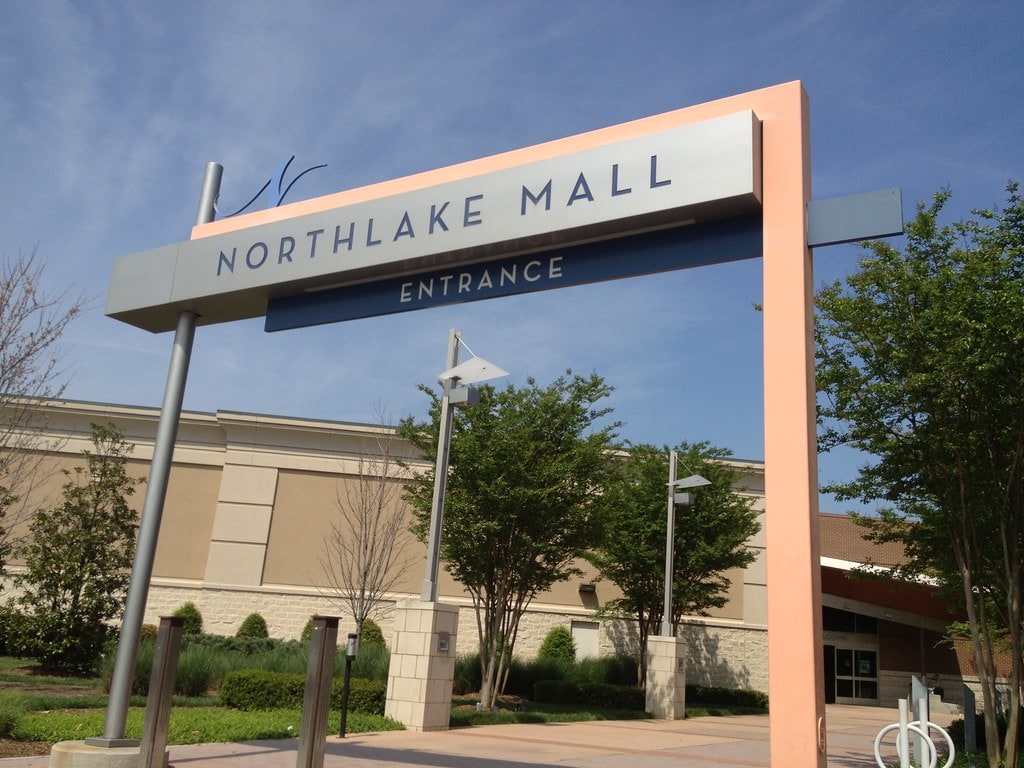
Hopefully our Statesville City officials will back the rejuvenation and bring back the Mall from extinction. It would be great to have a place to shop without going out of town. Bring in some great outlet stores such as Nike, Levi's, Craftsman Tools, Outfitters, Duckhead, Justin Boots, Aeropostale etc.
It also could be torn down from Signal Hill to I77 and start over. We are the crossroads of NC, we should have more shopping than any city in NC. We already have more restaurants than we need.
Hopefully all this will take place to make us grow into a city people will be proud of and want to come here instead of run down gang infested city were people wanting to leave and are scared to visit our city.
Thank you for sharing your vision for Signal Hill Mall. Your ideas for rejuvenation and specific store suggestions reflect a strong desire for community growth. Your passion and wish to make Statesville a place people are proud of is commendable.
we desperately need, not more shopping or overpriced housing, affordable income based housing for working poor families. This vital to our community.
Your comment hits home on the pressing need for affordable, income-based housing. Converting parts of Signal Hill Mall into such spaces is worth exploring and could significantly benefit the community.
The Mayor and council will make sure there is no good stores coming to Statesville. Statesville doesn't have anything to offer the younger generations Even for active people over 50 there is nothing here! The people keep voting the same people into office and nothing changes!!! Talk about idiots!
Thank you for your passionate input. It's clear change is on many people's minds. Engaging in local elections and community discussions can be a step towards the diverse and vibrant offerings hope to see in Statesville.
I worked at JCPenney Signal Hill in the early’80s. Fond memories of the store and the mall. Lots of changes in the retail landscape since then. Many a great meal at the nearby Western Steer. Miss them, too. Would like to rewind to those days.
I love hearing stories like this—it’s such a reminder of how much retail and dining have changed over the years. Thanks for sharing your fond memories!
Just 2 points:
1- The Mall’s opening did not replace “strip shopping centers in Statesville. It replaced - and killed - a vibrant downtown which is only now somewhat recovering. This happened everywhere. Across the US, but it’s. Important to note for Statesville. I was in middle school so I remember vividly the crowds downtown on weekends and around holidays. Spainhours, Belks, and Woolworths were all major downtown anchors before moving to the much more modern facilities at the mall.
2- The IHOP was most certainly not the first sit-down restaurant in that location. There were at least 2 other reassurances that were there for extended periods prior to IHOP coming in.
Thank you for taking the time to lay this out in detail. Your memory of downtown Statesville before the mall is a reminder of what was lost when malls rose.
I liked the inside of the mall . The water fountain areas and what stores were there when we moved here 10 years ago . Now we have had to add the drive to Hickory or Winston/Salem to enjoy the mall experience . They should bring it back to the people to shop and enjoy visiting the inside store fronts .

Your comment makes clear that nostalgia isn't just for the distant past. Even ten years ago, Signal Hill was still giving people that "mall experience."
I miss the old stores. This takes me back down memory lane. When they closed down JR's, it's like everything quickly went barren. Statesville is the central location for a shopping center or strip mall. Period! We need life back in this part of Statesville. It's something to look forward to. Enjoyment for families and community. I hope something good comes to this area. I love Mooresville, that is my go to place, but Statesville would be more convenient. It's time to bring life back to this part of Statesville.
Your sense of loss is shared. Malls like Signal Hill once gave towns a shared rhythm: weekends, holidays, back-to-school trips. Memory ties people to these places more than any developer's brochure ever could.